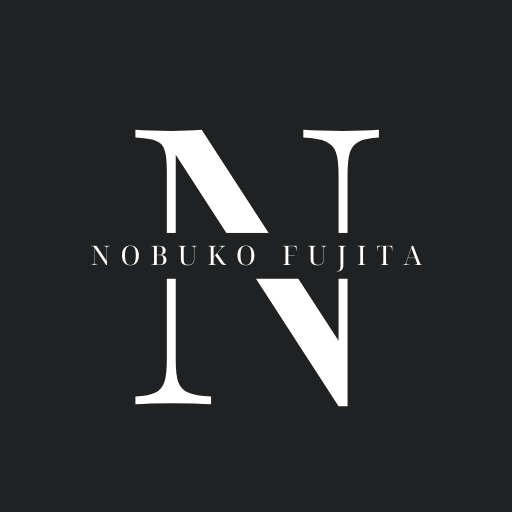This past week, I called on a couple of close colleagues–Cheryl Ann Madeira and Kimberley MacKinnon –at the University of Toronto for a favour. I was looking to find some resources on assessment to inform the design of the interface that we are designing for formative assessment in the Computational Social Science Laboratory (CSSL) at the Copenhagen Business School as part of the NEXT-TELL Project. Thanks Cheryl and Kim for sending me PDFs of Growing Success: Assessment, Evaluation, and Reporting in Ontario Schools, First edition, Covering Grades 1-12, and the teaching manual for The Provincial Report Card: Relational Electronic Version: Grades 1-8.
The reason I asked for these resources is because it dawned on Chris and me that one way to think about an open learner model (OLM) is to think of them as report cards with clear representations of a student’s learning progress. So instead of the usual numbers or letter grades displayed in tabular format, a parent can see at a glance how their child is doing, relative to their class, and on a particular concept. The reason it’s called “open” is that the child can see how they are doing themselves, which aids in engaging their metacognition for 21st century learning, and so that the various stakeholders (students, teachers, parents, etc.) can discuss the learning progression (or lack thereof). As NEXT-TELL is a formative assessment project, our focus is to design a usable interface that works in real time so teachers can make pedagogical decisions to assess for learning, hopefully to evaluate more often than twice a year, which is how often students receive report cards here in Denmark. I still have to pour through these resources, but I hope they will serve as a springboard from which we work on some customized interfaces in the next couple of weeks.
One of the exciting developments in working towards a communication and negotiation layer for the OLM is our work using repertory grids. We had a chance to run a little pilot study with some Danish teachers on their thoughts about different kinds of formative assessment about three weeks ago. This generated a couple of interesting visualizations that we shared with our NEXT-TELL partners on our Facebook page. We got some enthusiastic feedback so far on these from the researchers’ perspective, but now we are customizing the interface in response to feedback from the teachers’ perspective. As usual, we’re finally gaining steam on the research front, but the school year is already winding down! Such is the challenge for a design-based research team! We’re trying to mock something up on RepGrid for a unit that our teachers are teaching on microorganisms and microscope use in Grade 7 science classrooms. Still working on what kind of conceptual change we can measure in terms of eliciting students’ knowledge. Our work on the repertory grid will inform the OLM work. It is all coming together nicely!

Leave a Reply